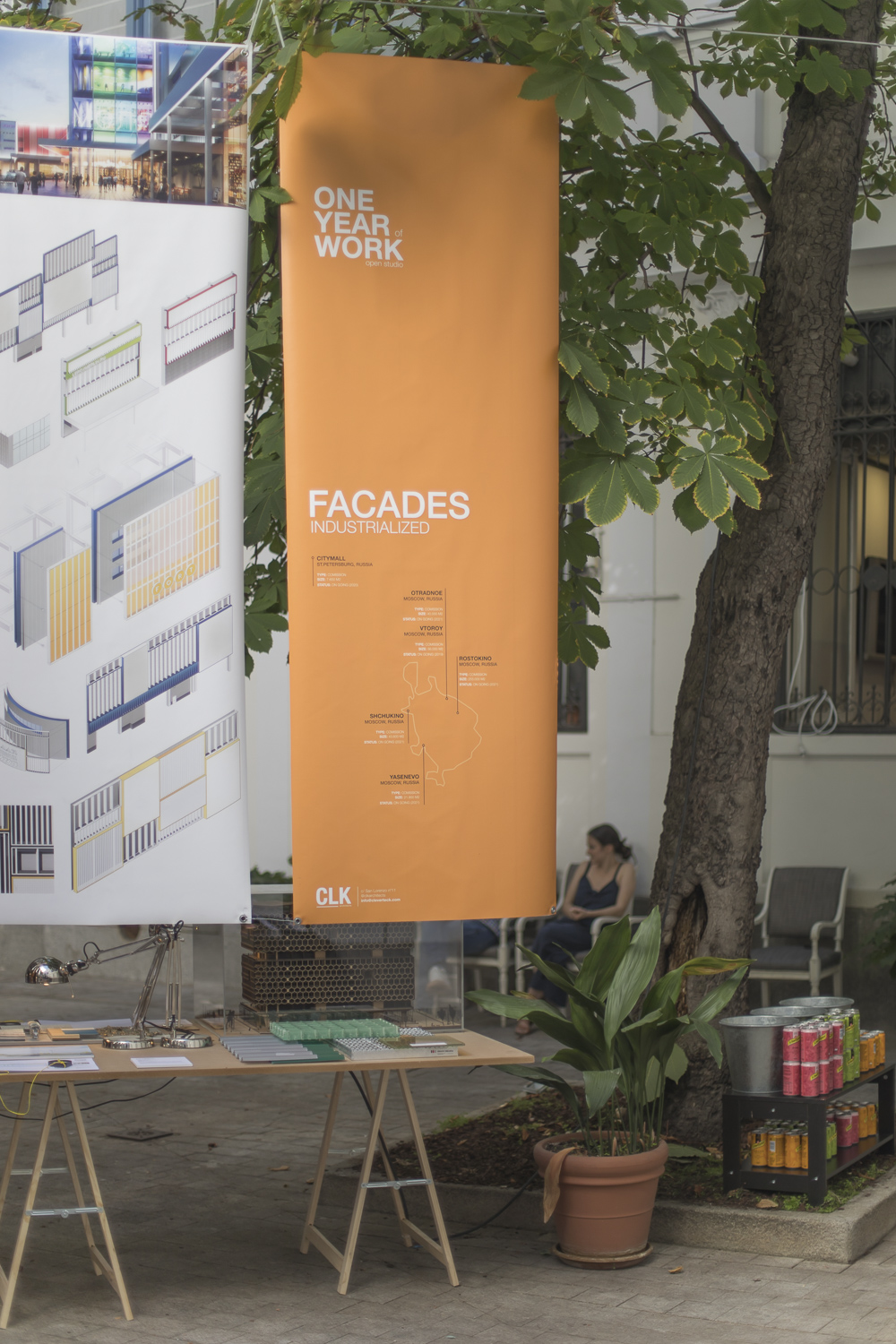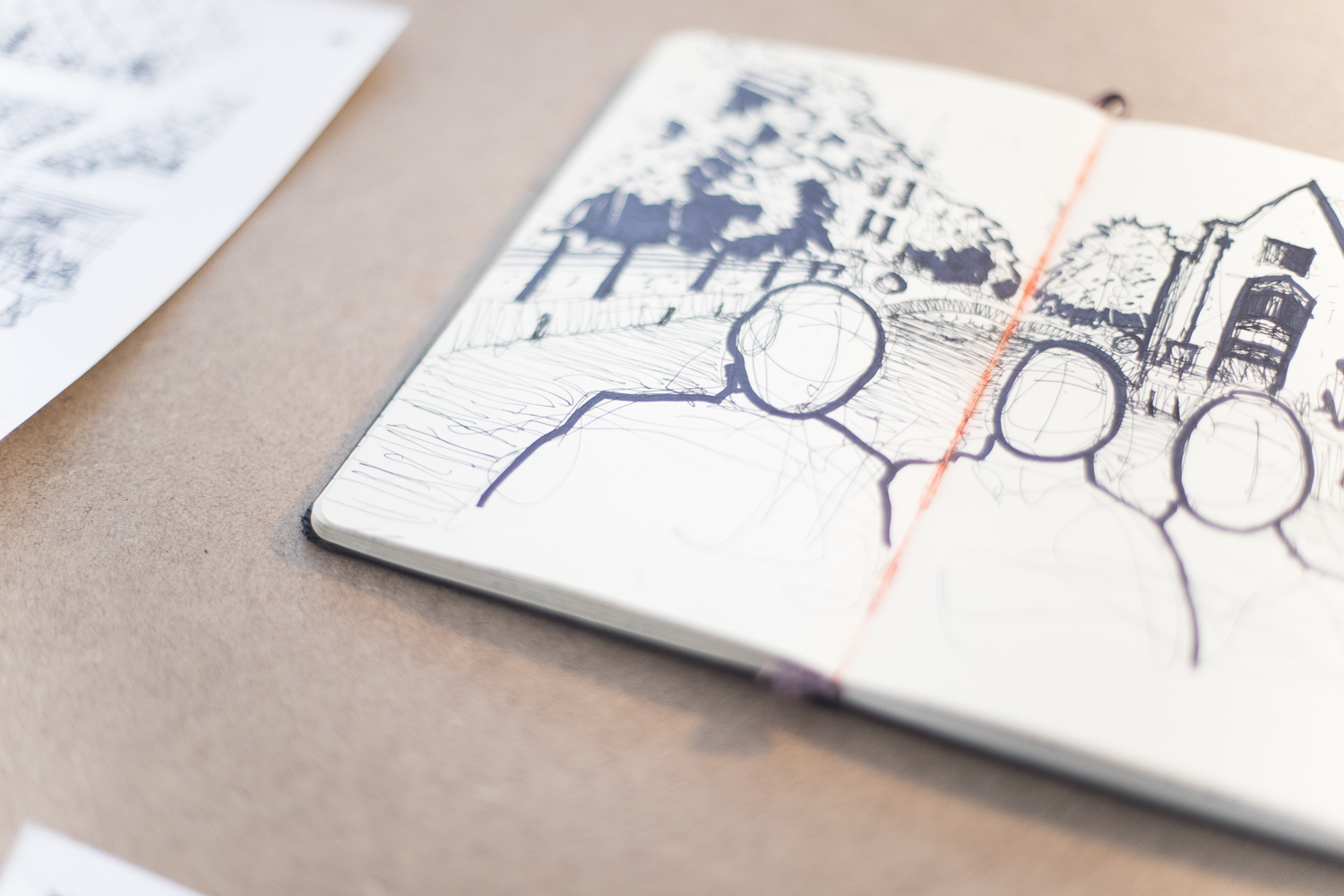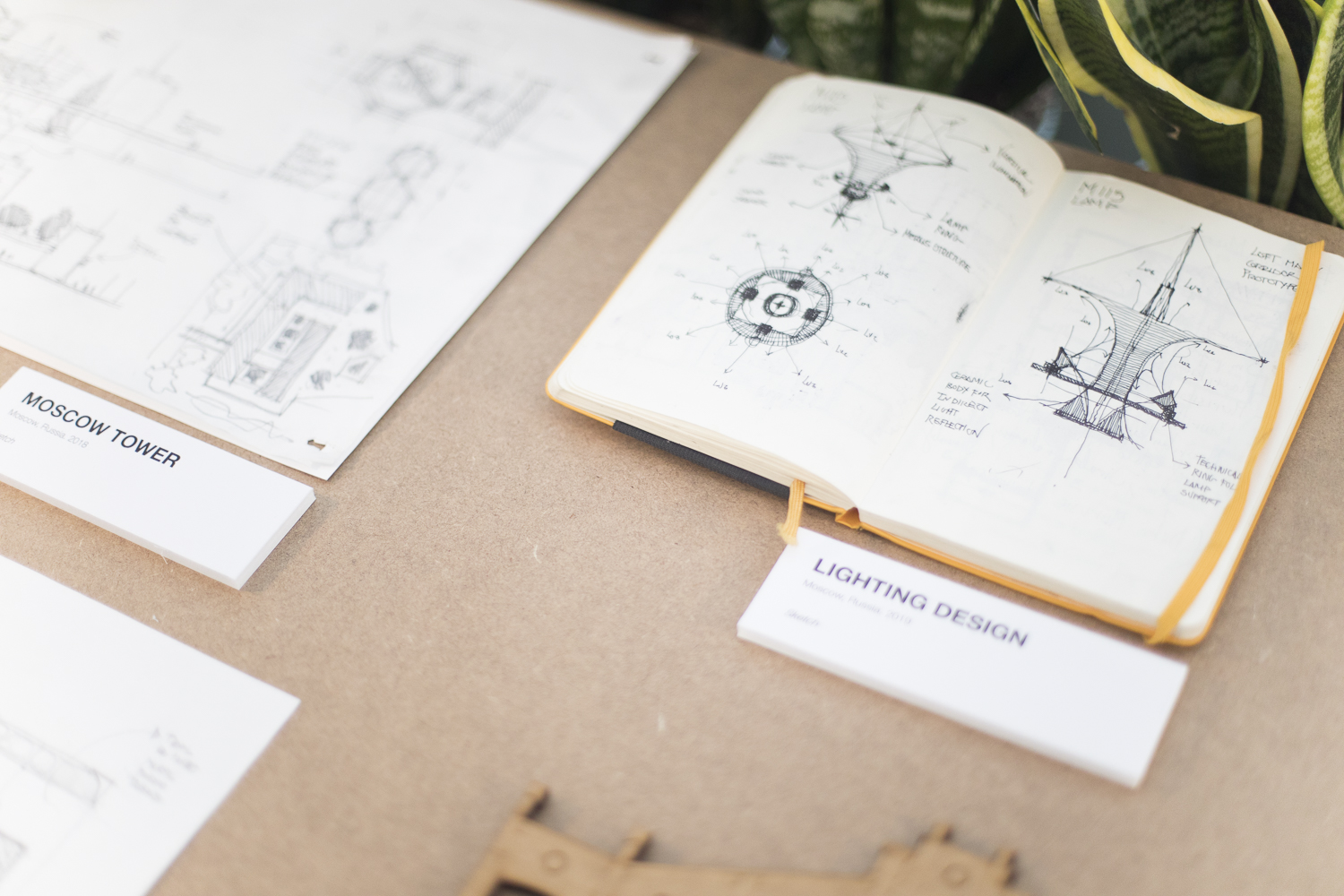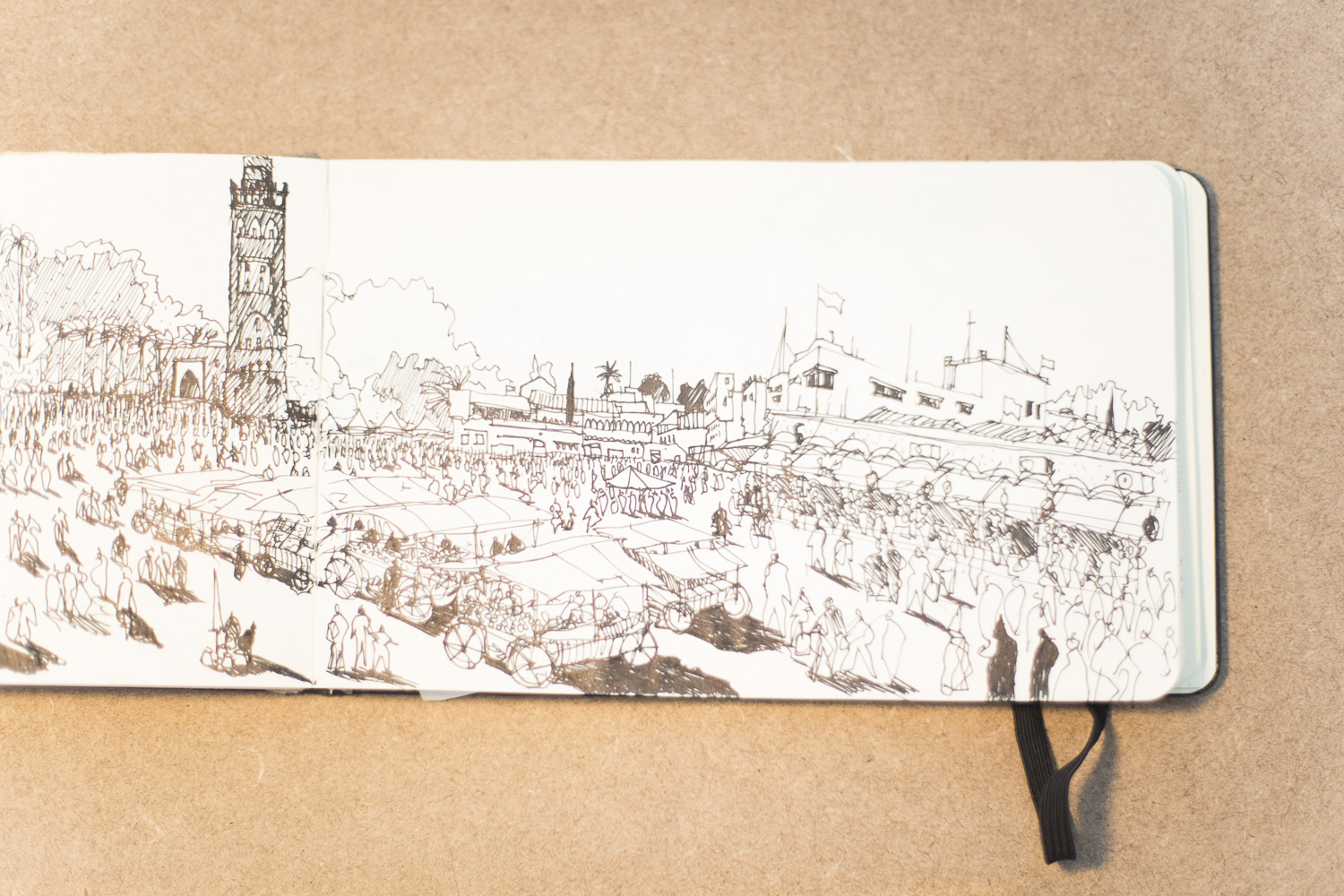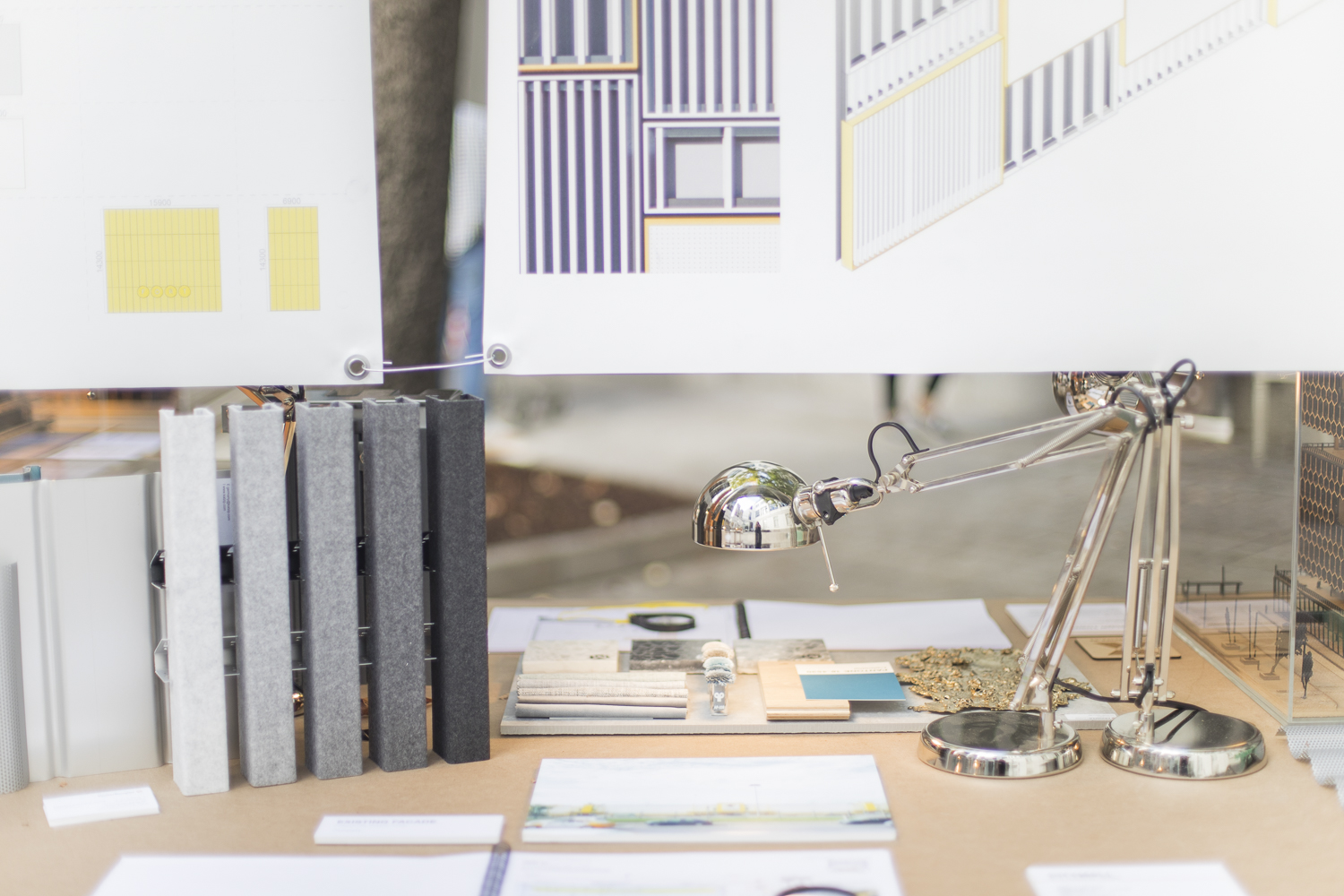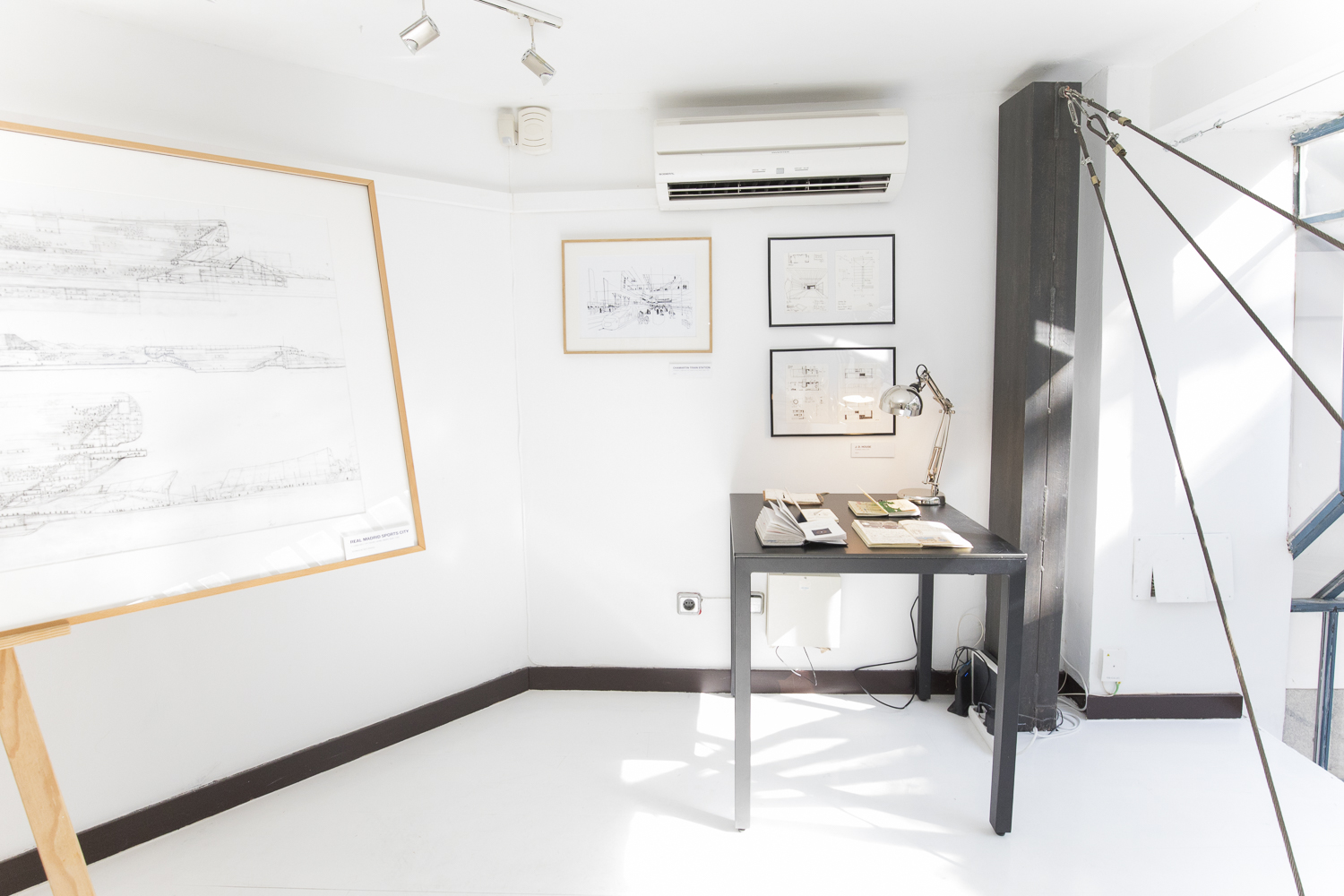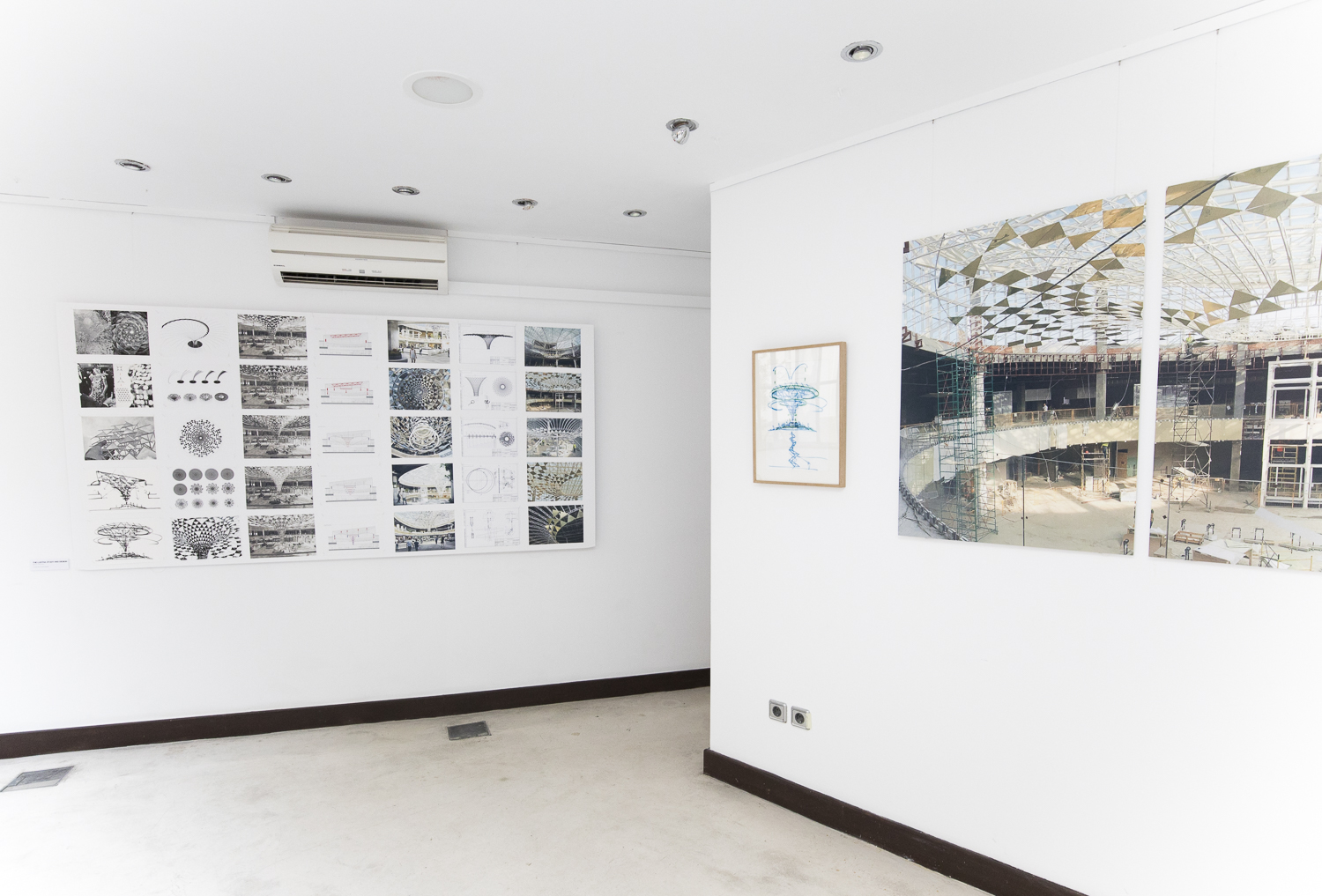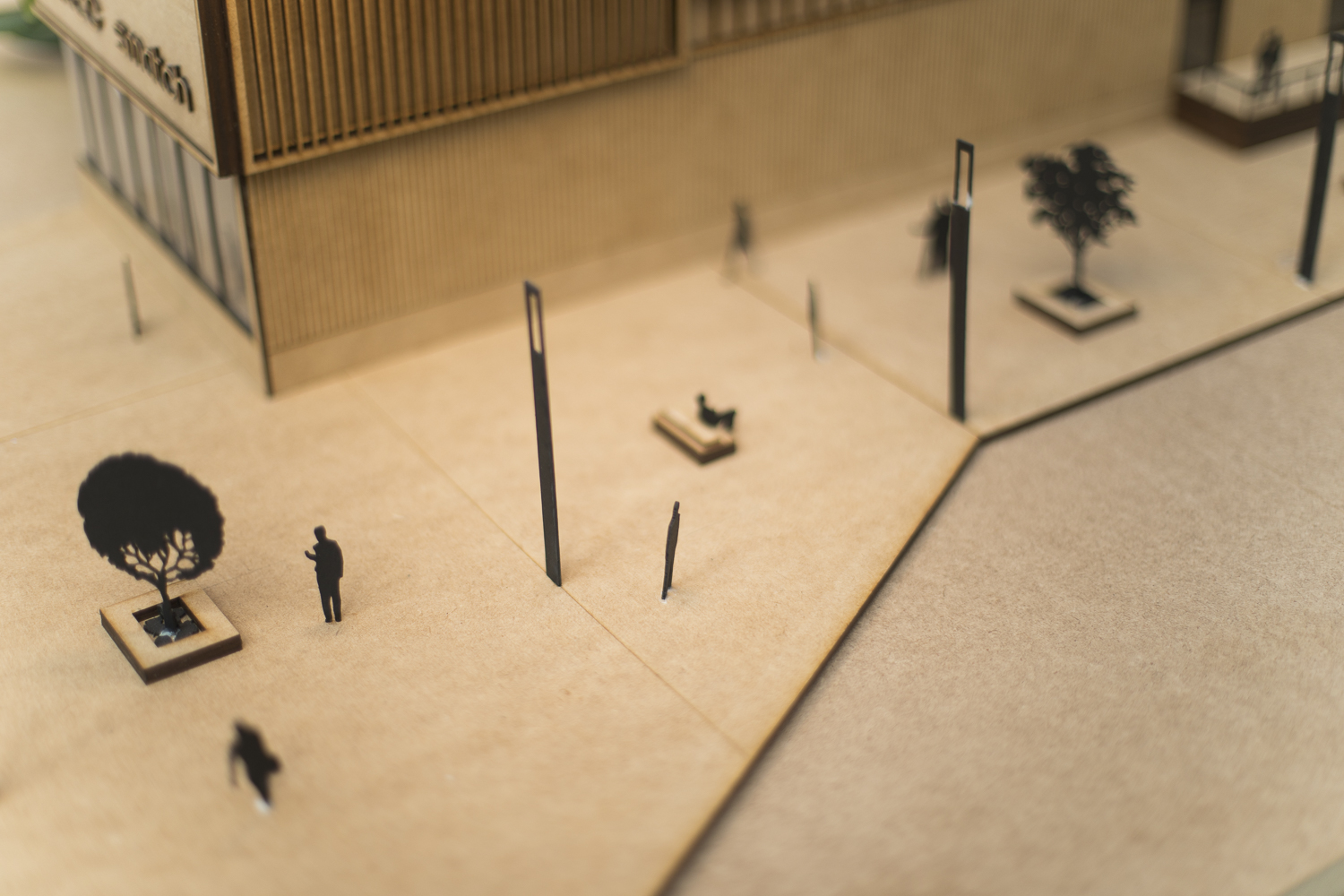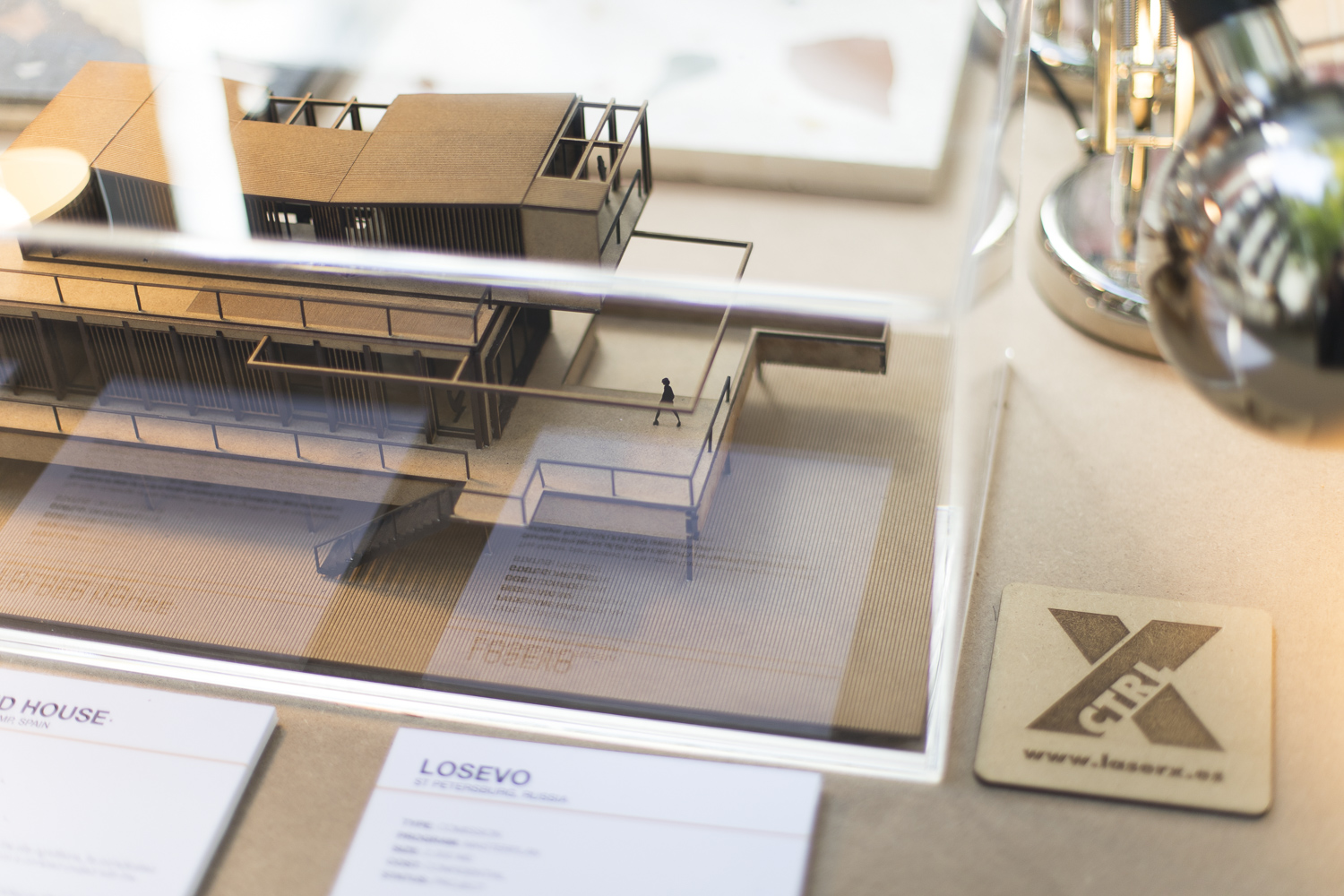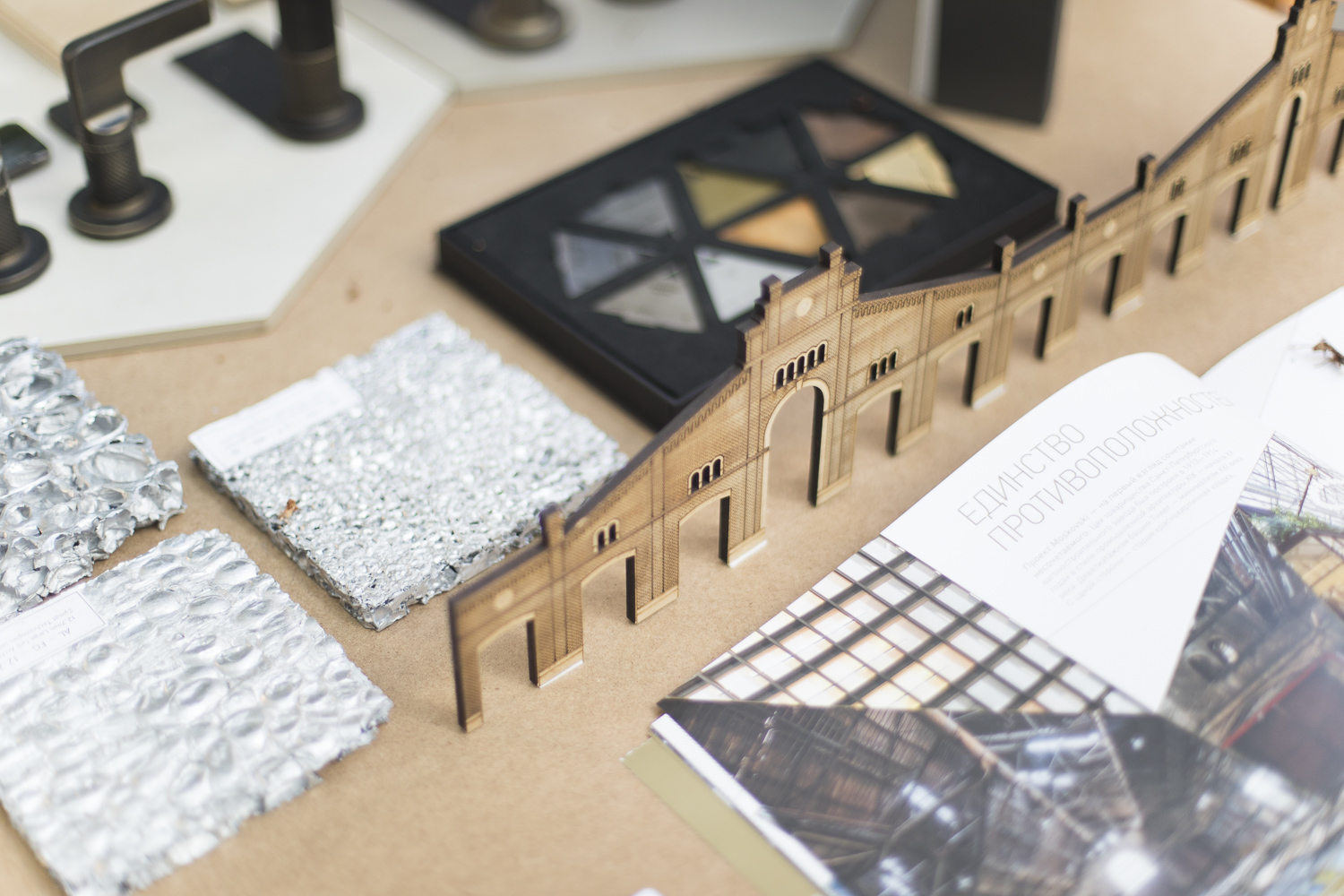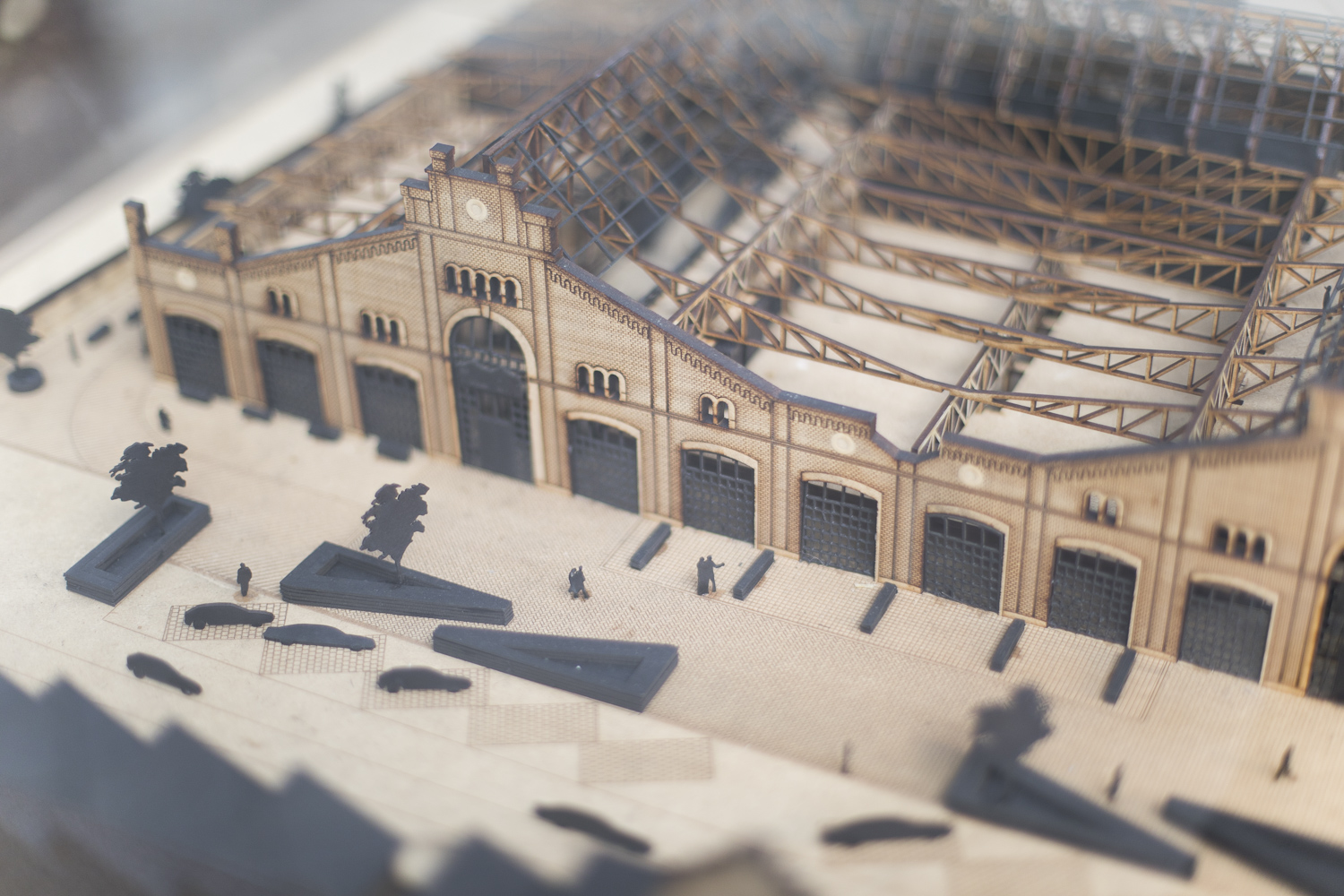A day of architecture, design & art with… Joaquín Vaquero
We interviewed the architect and founder of CLK architects on the occasion of Open House Madrid.
On the occasion of the architecture festival Open House Madrid, we hosted at El Invernadero an exhibition of the CLK architects studio founded by Joaquín Vaquero Ibáñez.
From 27 to 28 September we were able to see first-hand some of the studio’s most outstanding projects and learn more about their work processes through models, drawings and sketches.
His name is well known in the world of architecture. He comes from a saga of illustrious architects and artists. His grandfather, Joaquín Vaquero Palacios was the creator of outstanding examples of Spain’s 20th century industrial heritage, conceiving five hydroelectric power stations as works of art in themselves. Architect, painter, sculptor… in all of them he created murals, sculptures, furniture, industrial design, alone or with the collaboration of his son Joaquín Vaquero Turcios, father of the Joaquín in question, also an architect and renowned painter and sculptor.
Architecture, drawing, painting… are disciplines with which he has grown up and which are in his DNA. Drawing is a very important part of his creative processes and he has been able to transmit this to his team.
Joaquín worked with great studios and architects such as Lamela and Javier Carvajal, one of his great masters. After many years of experience he founded CLK architects, an innovative international studio with which he aims to change the world, with offices in Madrid and Moscow. His projects are contemporary and innovative. They develop industrialised solutions for any size and type of architecture. They have a team of 40 architects, who share the same philosophy based on achieving maximum efficiency both technically and aesthetically, instilled by its founder.
They believe in the integration of all disciplines from the conceptualisation of the architectural idea.
The project as experience. The present as inspiration and the future as the only commitment.
Their way of thinking about architecture generates processes of great agility, responding optimally to the needs of each client, always seeking economic viability and maximum efficiency of the techniques applied.
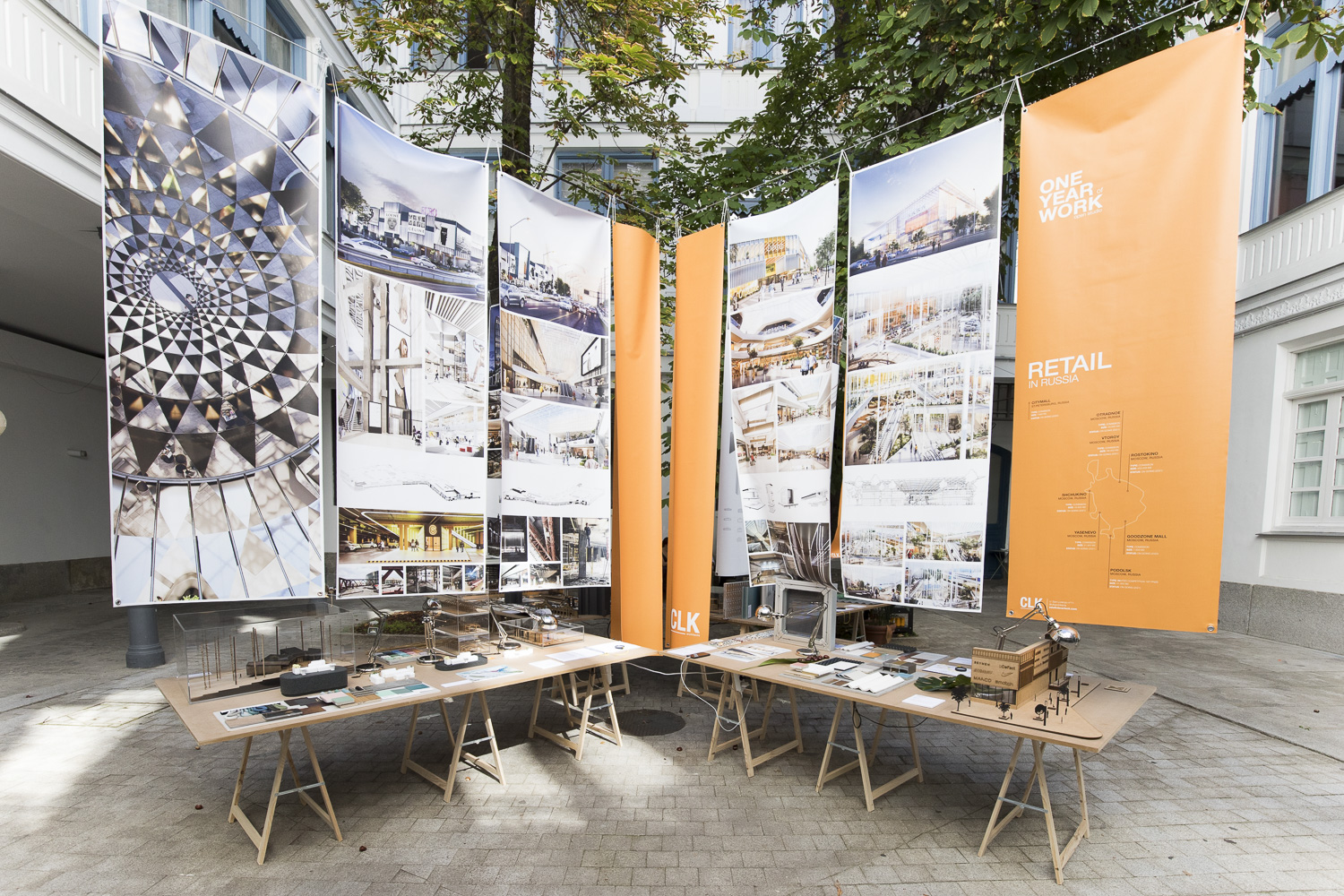
CLK architects are committed to industrialisation.
Industrialised architecture has great advantages. In just four months a client can have a custom-designed and fully finished home. While the licences are being applied for, the project is being built in the factory at the same time. Savings in time and possible cost deviations are guaranteed.
Their vision of architecture is totally holistic, placing the client at the centre of everything. They like to take on challenges and solve problems, always bringing added value to each project. They dare to take on everything, obtaining exceptional results of great beauty, from a single-family home, office complexes in historic buildings, residential projects, through technology parks and shopping centres, adapting the design to the social and cultural connotations of each place.
In the last year they have designed more than 600,000 m2 in Russia, which translates into 11 projects, including shopping centres, offices and housing.
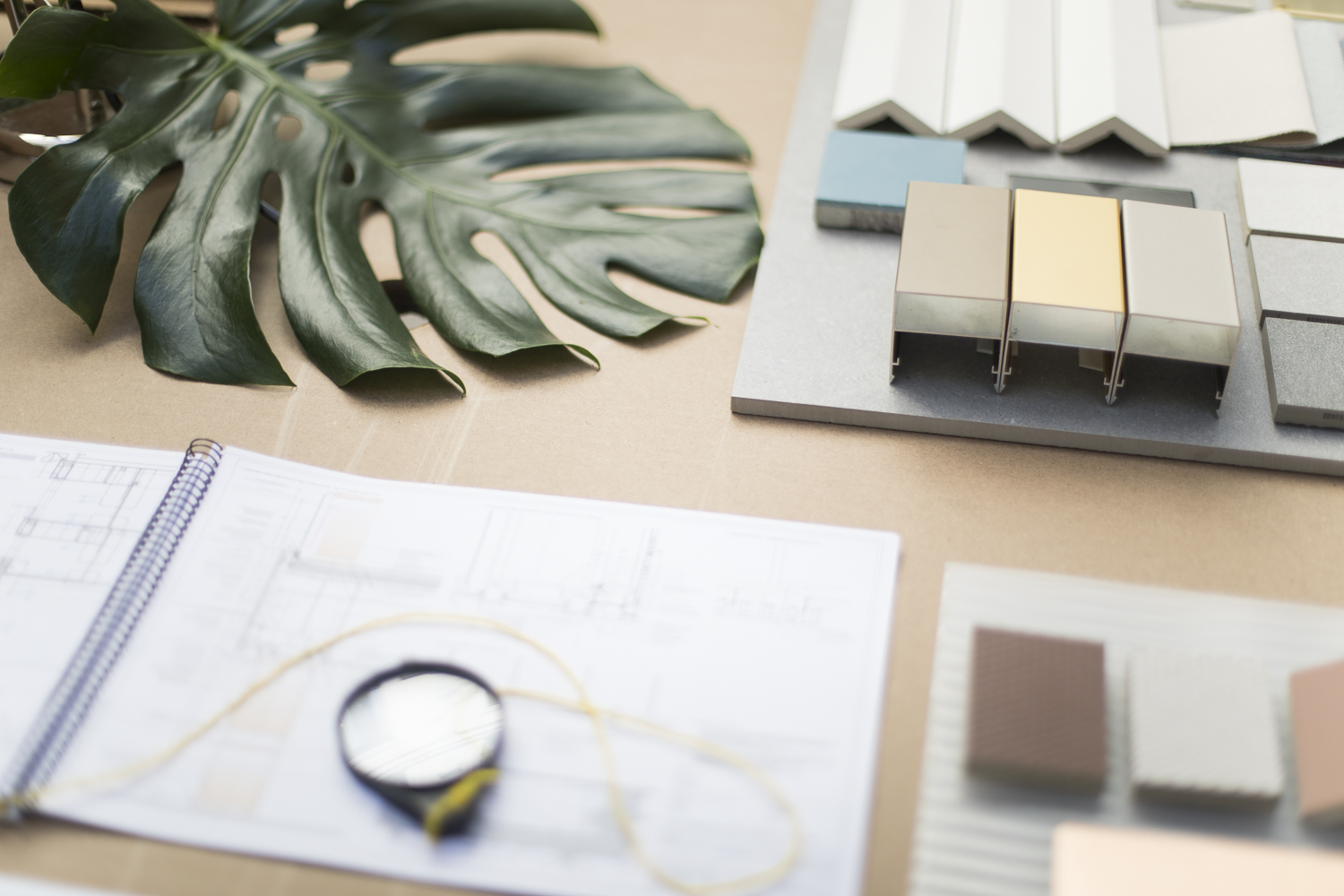
TS. At the team level, how do you manage to grow so much in such a short time to face these challenges? Aligning so many people working in two very different countries must not be easy.
JV. Growth is always proportional to the level of demand from clients. In our case it has come about progressively through collaboration and client/architect trust. Creating a solid and capable team is achieved by being very clear about the office project you are pursuing. When you speak clearly and with passion, people understand and feel it. Nowadays the world has shrunk enormously through the internet. Working in other countries is a necessity and a mandatory challenge that allows you not only to learn, but also to expand your effectiveness as a professional. Working abroad creates different complications; no more, no less.
TS. Let’s say you have to build an office building using traditional methods or industrialised architecture, could you give me a comparison based on advantages? Imagine a place… Madrid, for example.
JV. If cost control, time control, minimising the impact on the environment and improving the quality of execution seem important to you, then industrialisation is of interest to you.
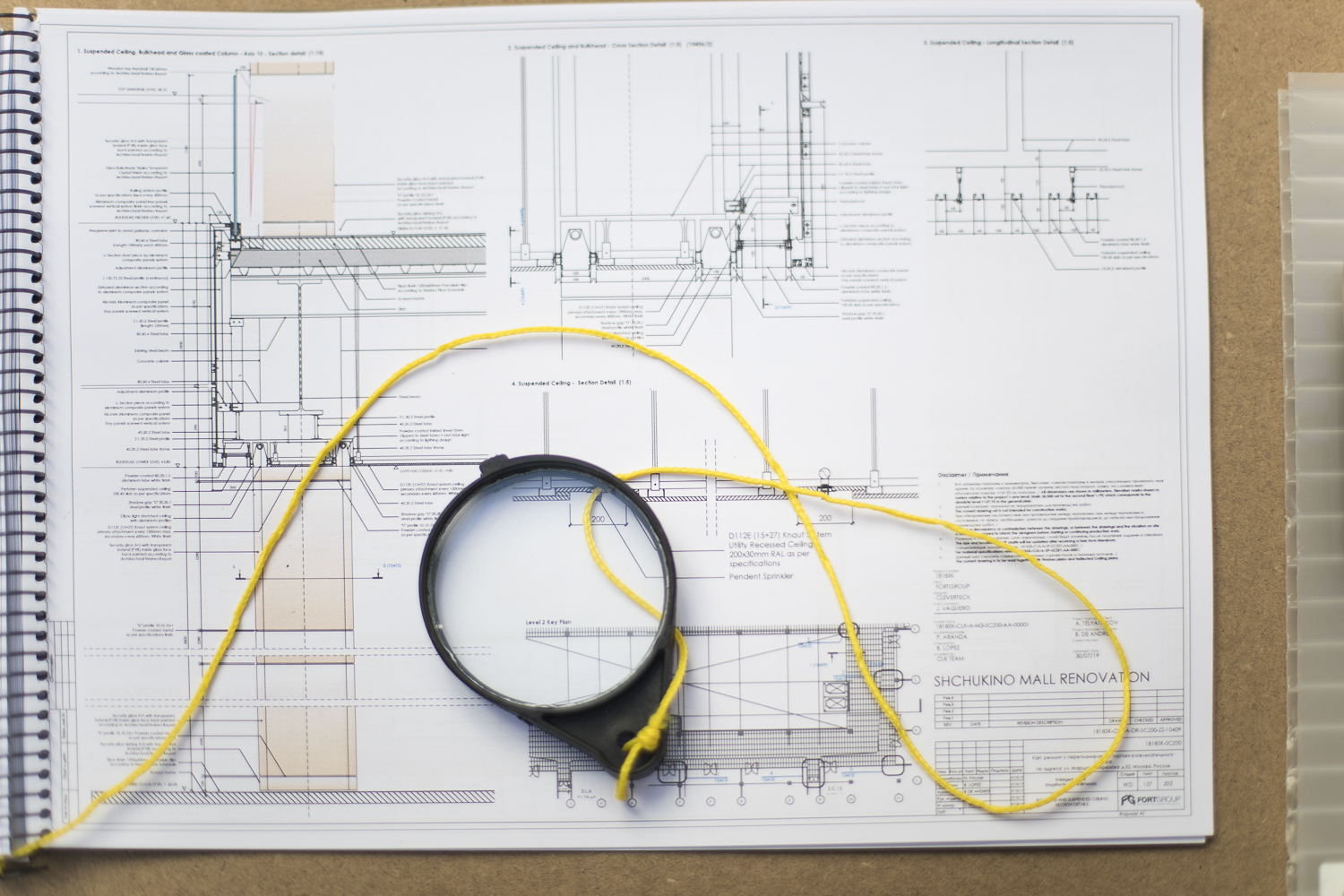
TS. Could we say that industrialised architecture is more precise and reliable, as well as faster and of better quality? Prefabricated housing in Spain has not always had the best connotations.
JV. Yes, of course! Basically due to ignorance, distrust of the unknown and a lack of innovative attitude, people confuse prefabrication with industrialisation. The prefabricated house to be placed on a campsite has nothing to do with the industrialised process of making a house like someone who makes an iPhone or an Airbus A380. The lack of clear communication of this idea together with cultural issues in our country have led us to where we are. It seems that companies in the sector are starting to hear bells ringing but hardly anyone really knows where the sound is coming from.
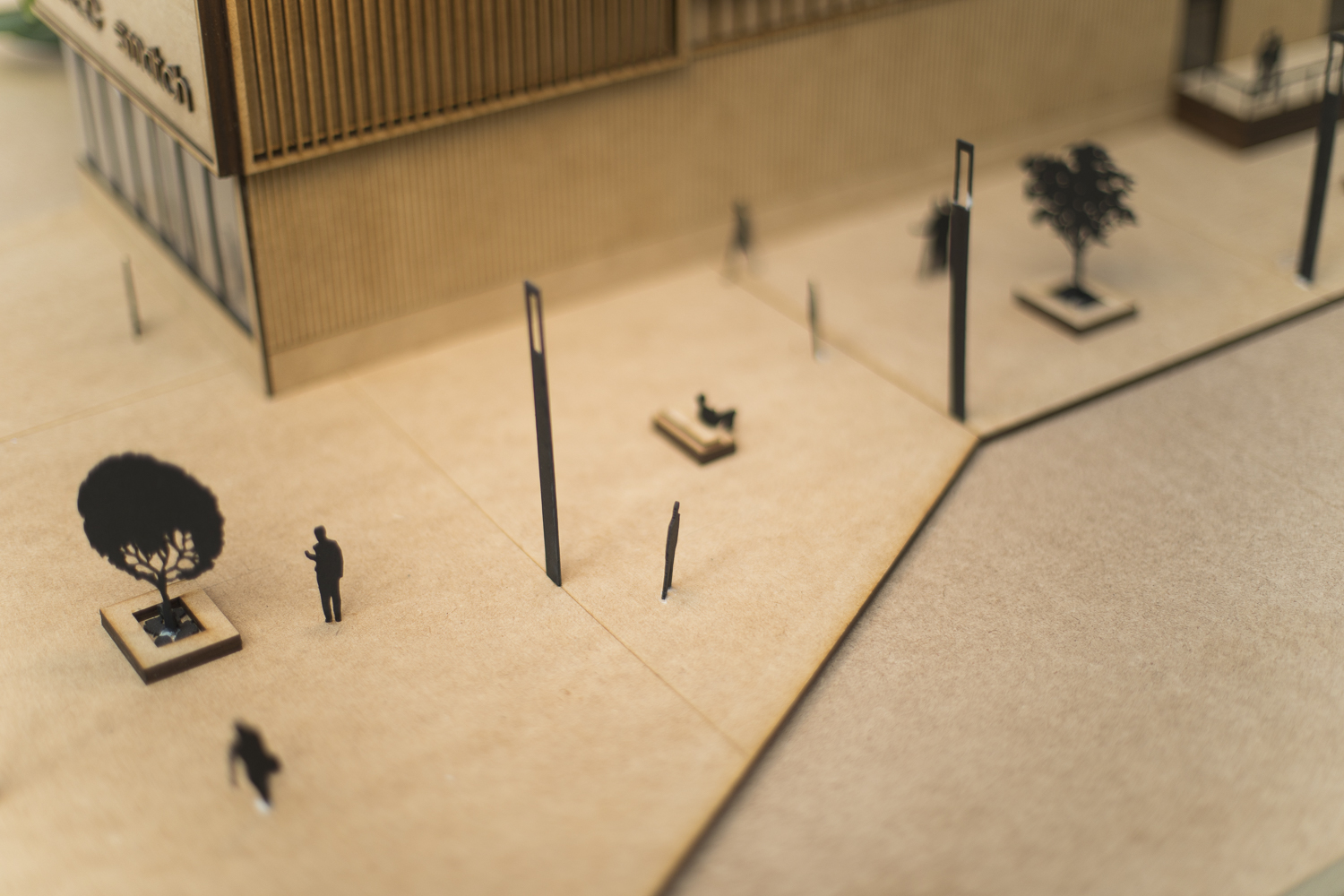
TS. Reading about the pollution generated by construction waste, we find statements such as the following:
“In Madrid alone, and in one year, the volume of waste from the construction and demolition of housing could fill 10 stadiums such as the Santiago Bernabeu…”.
“The waste generated in the sector is equivalent to the production of one tonne per inhabitant per year in Spain…”.
“Using solid waste from construction and demolition in landfills and controlled deposits of solid urban waste could prevent the contamination of 515 million tonnes of natural aggregates in the European Union. This has been advocated by research at the University Jaime I (UJI), according to which the reuse of these materials would help to significantly reduce the environmental impact generated annually by these facilities…”.
JV. It is an obligation for any sector of the economy, for any active professional, to design and produce with an awareness of multiple uses, dismantling and reuse. Architecture must also adopt this type of measures and solutions despite the fact that the average life of a building is close to 100 years. Be that as it may, there is no other way forward.
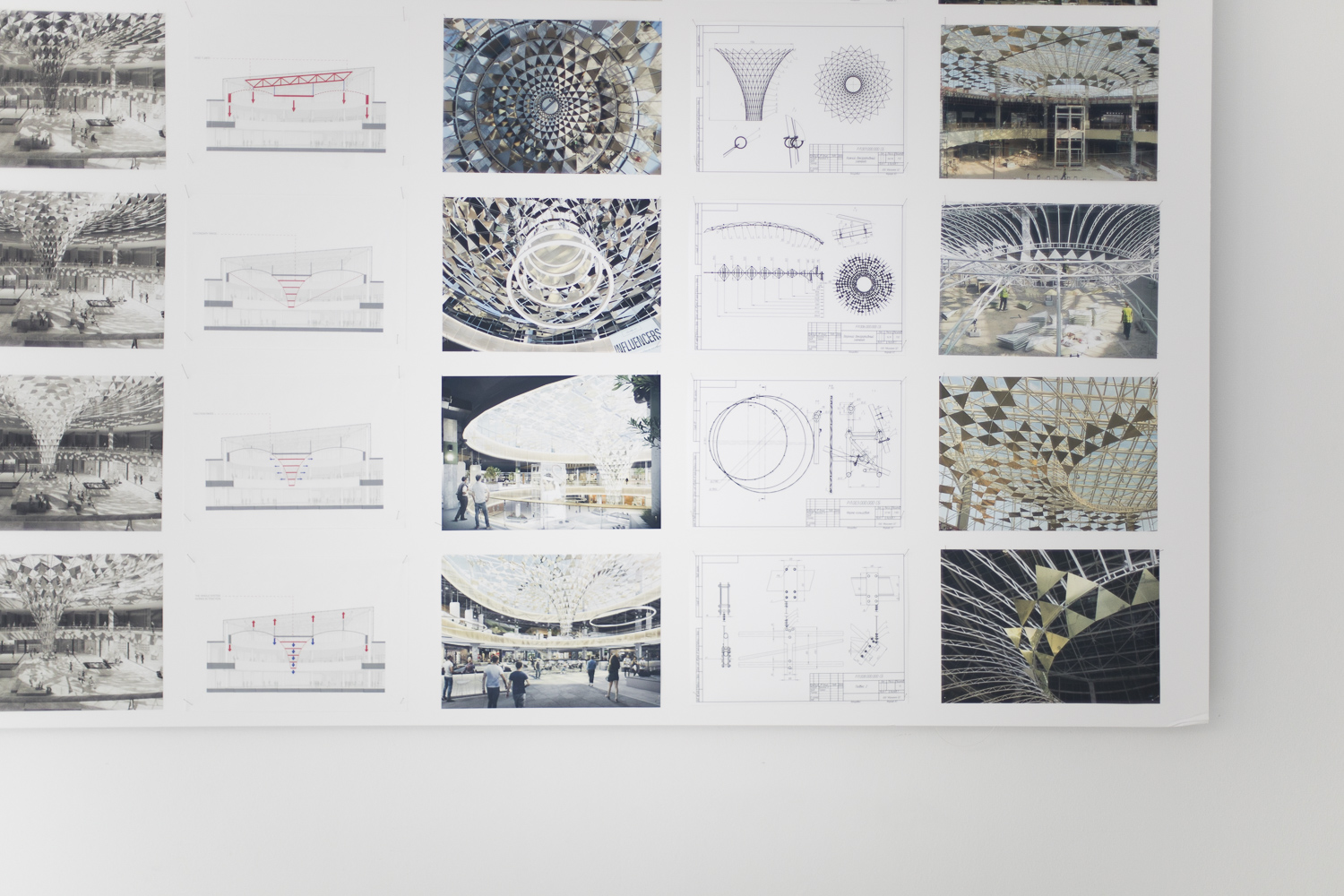
TS. Does industrialised architecture have a greater ecological sensitivity?
JV. We should all be ecologically aware no matter how we do things. Industrialisation incorporates processes that are infinitely favourable to this issue but which must be put into practice at all levels. One of the lines of research of our study is precisely focused on reducing environmental impact. Not only minimising any ecological footprint in the process, but building with reusable or biodegradable materials in such a way that if we were to dismantle one of your projects, these materials could be used for another construction by x% and not be a landfill product.
TS. How does CLK architects change the world?
JV. First: by observing what is happening around us, in society, in our homes and in the homes of others.
Second: by listening carefully, analysing and learning from what we hear.
Third: offering solutions to our clients’ needs, based on the analysis of all of the above, generating creative, efficient, economically sustainable and environmentally sensitive responses.
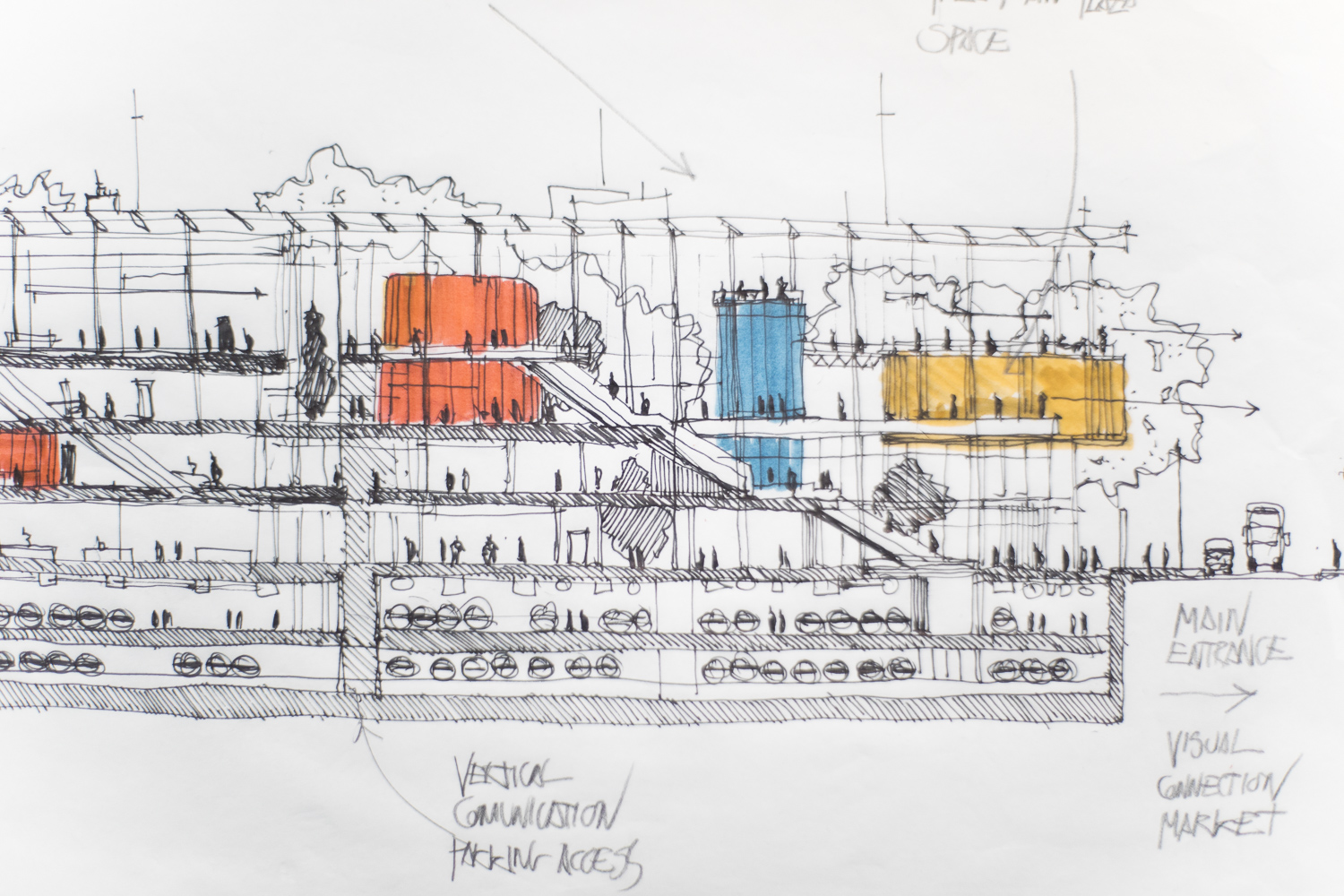
TS. How do you see the housing of the future?
JV. Complex in order to be efficient. Beautiful as a result of that complexity.
TS. What are you the best at?
JV. Proposing solutions.
TS. What are your lines of research?
JV. Technology, history and art, science.
TS. Why should a client choose you over other options?
JV. We know how to listen and we develop effective processes based on empathy with the client and the constraints of the project. We are profoundly contemporary.
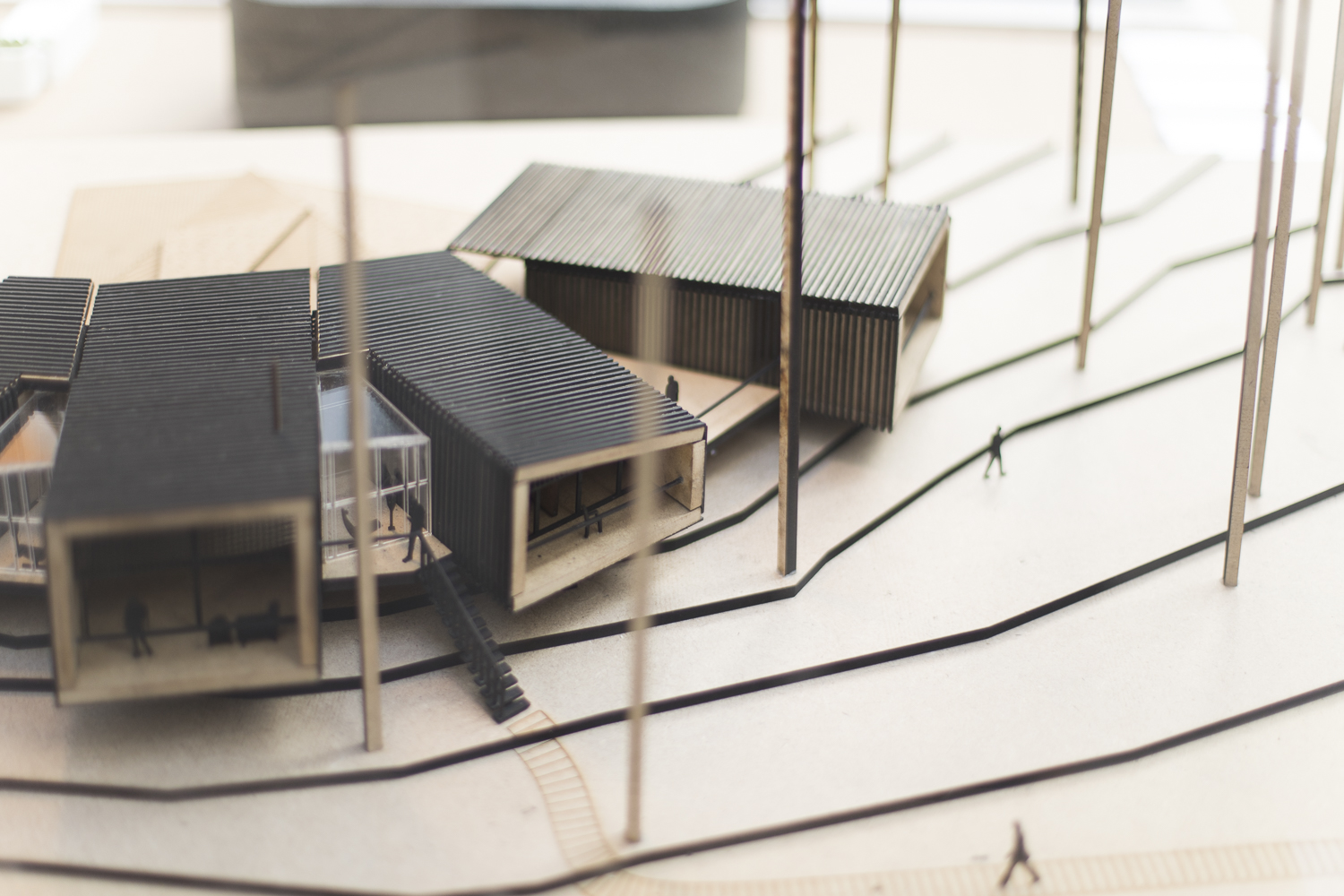
TS. About you and your career, what defines you as an architect?
JV. My work and my team define me completely. We are what we do and we do what we are.
TS. Who do you draw inspiration from and why?
JV. I am inspired by those who know how to create by giving value to time. Those who know how to look back without fear and propose solutions for the future.
TS. Your greatest learning experience – what have you left behind to get here?
JV. I don’t think I’ve had to give up anything to get to where I am. All my previous path has been a preparation for this moment. Everything adds up and everything comes in its own time.
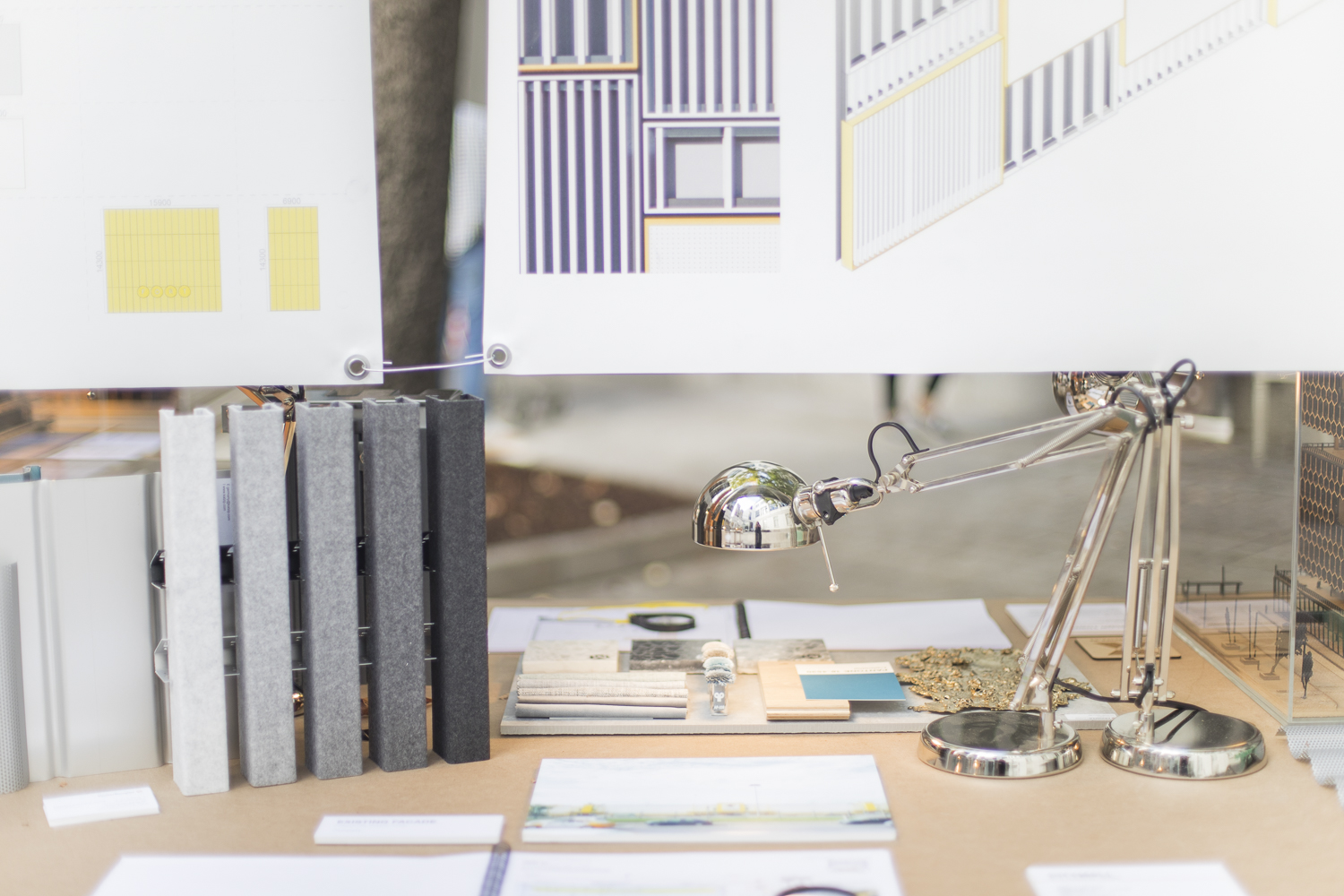
TS. What would you like to learn?
JV. I’d like to learn to direct films, to fly a plane, I’d like to speak six languages… and to have had six more children, but I see the latter as more complicated.
TS. What do you want to be like in five years?
JV. In five years’ time I would like to be more capable so that I can respond better with my team to the problems we face to make a better, fairer and more beautiful world.
I believe in the multidisciplinary architect, committed and with a continuous vocation for learning, who is interested in everything and appreciates and values the different artistic and technical disciplines.
This way of looking and designing is what distinguishes us, beyond a particular style or aesthetic.
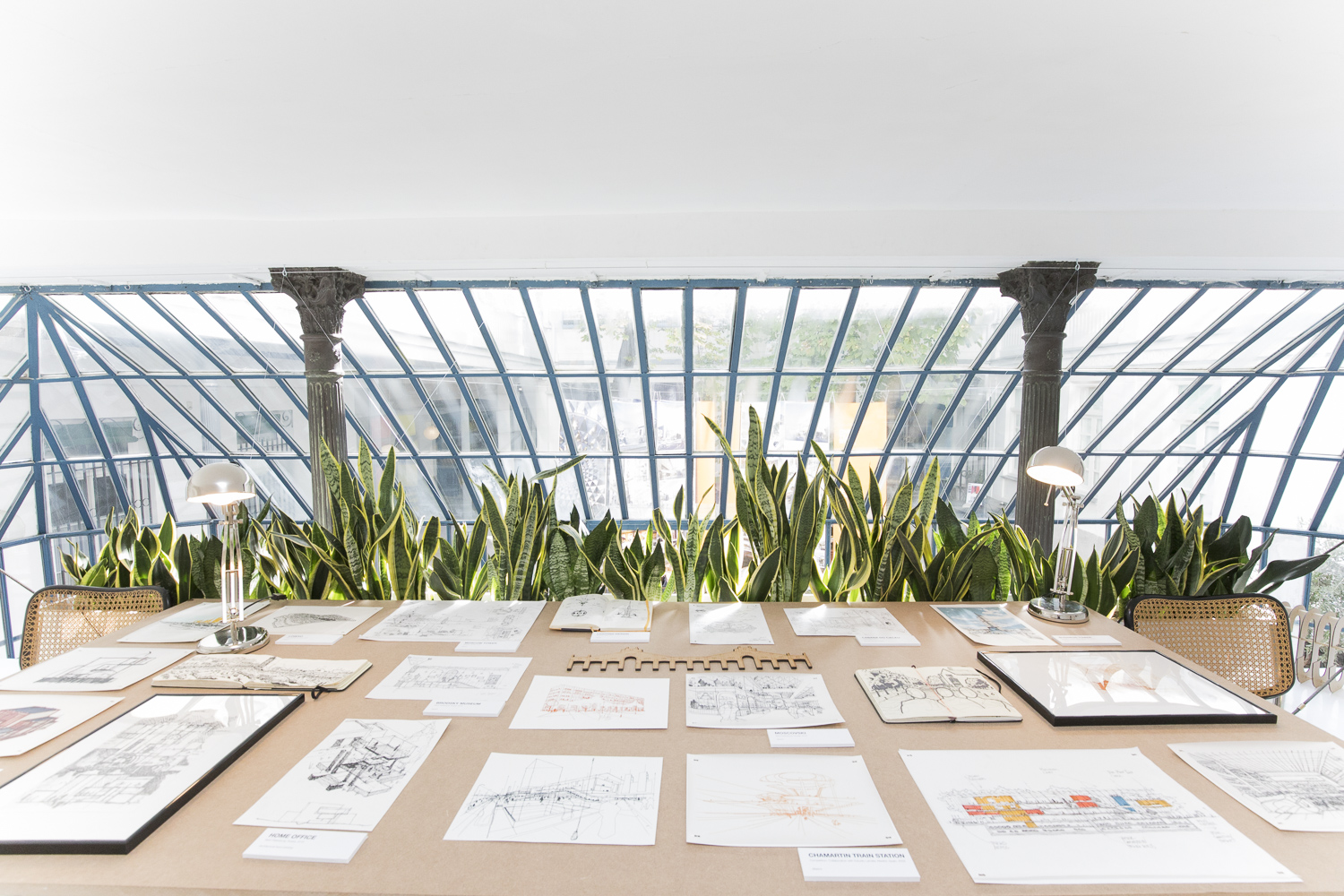
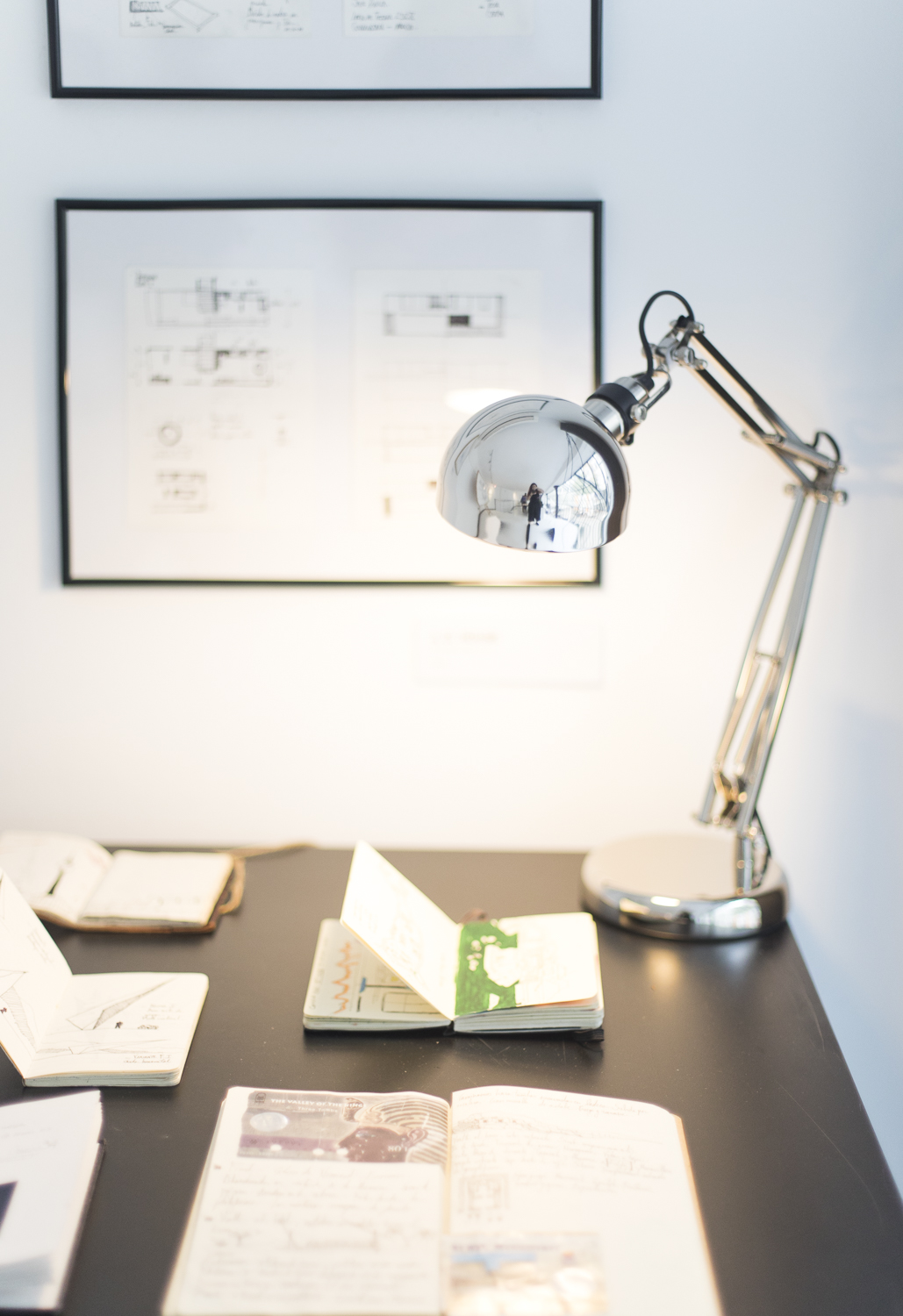

Photographs: Rebeca Patillas.

Joaquín Vaquero with the entire CLK architects team
